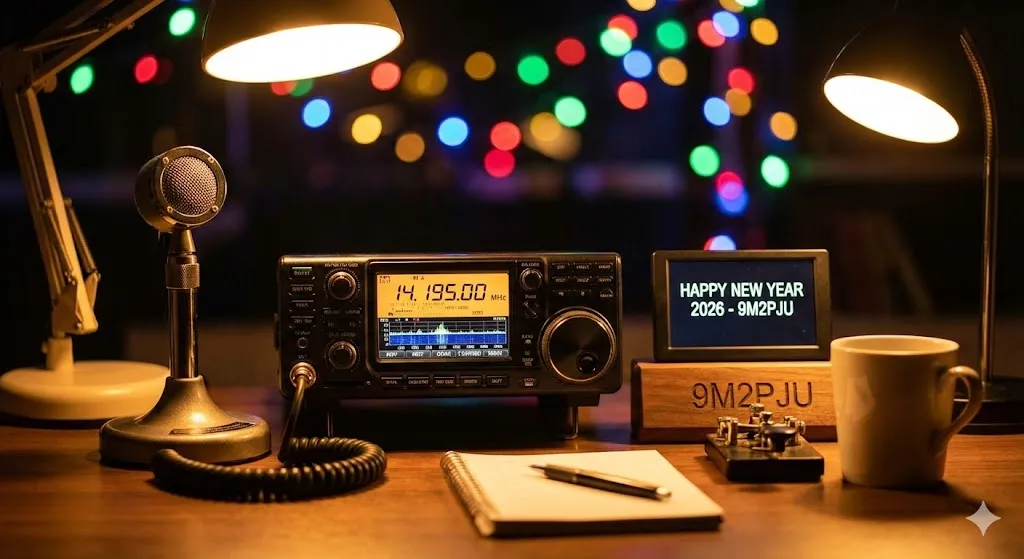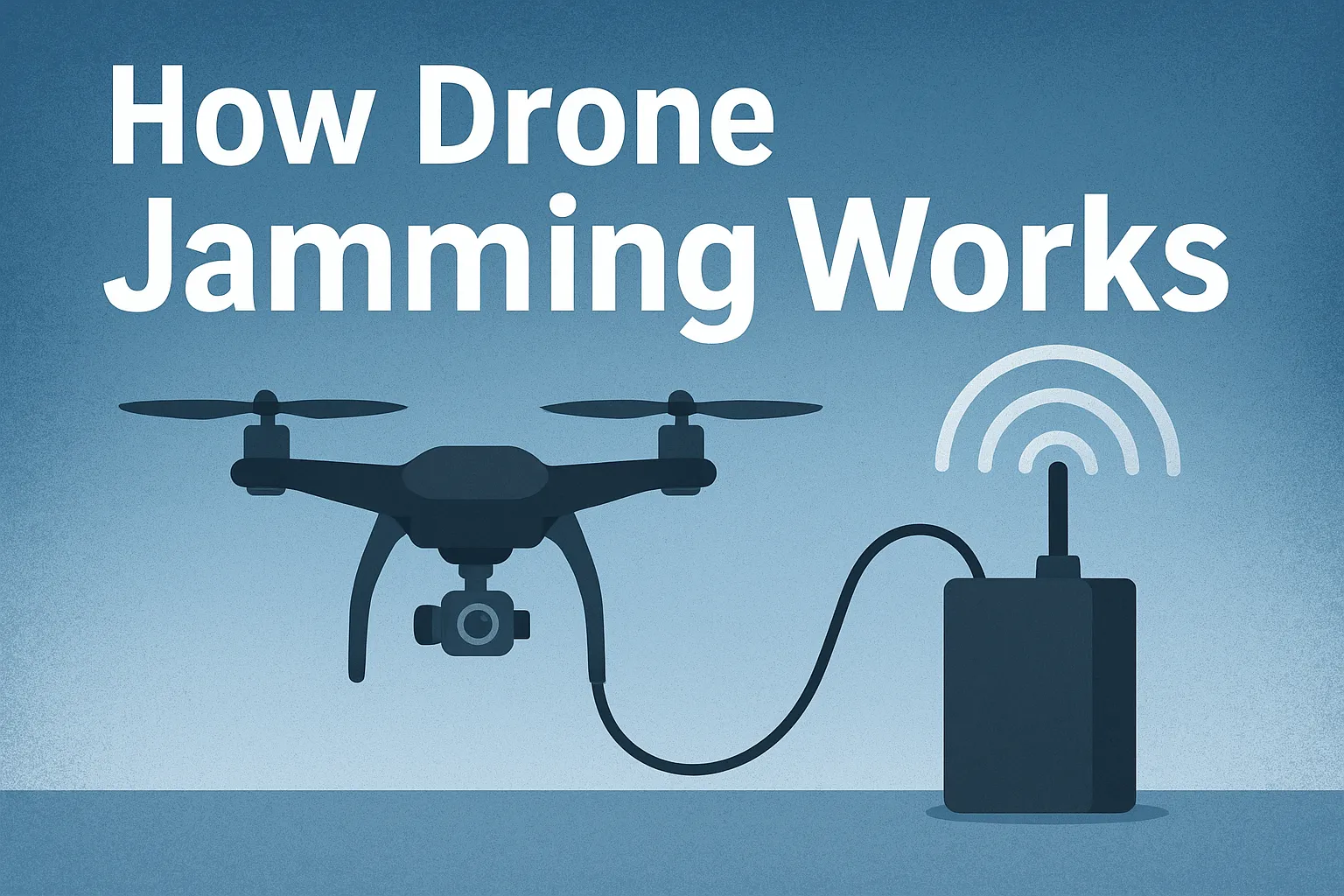Utilizing APRS for Summits on the Air (SOTA) Activations
Introduction:
Summits on the Air (SOTA) is a popular amateur radio activity that combines hiking and mountain climbing with radio communication. During SOTA activations, operators ascend designated summits and make contacts with other amateur radio enthusiasts. To enhance safety, tracking, and communication, many SOTA participants employ Automatic Packet Reporting System (APRS) technology. In this article, we will explore the various applications of APRS during SOTA activations and discuss its benefits for operators and the amateur radio community.
1. Tracking and Safety:
APRS provides a valuable tracking mechanism during SOTA activations. By equipping themselves with APRS-enabled radios or dedicated APRS trackers, operators can transmit their real-time GPS coordinates to the APRS network. This allows others, including fellow hikers and SOTA chasers, to monitor their progress and location. In case of an emergency or unexpected situation, the APRS tracking data can aid search and rescue teams in locating the operator quickly and accurately.
2. Spotting and Alerting:
One of the key aspects of SOTA activations is making contacts with other operators. APRS simplifies the spotting process by enabling SOTA participants to send automated alerts to the APRS network. When an operator reaches the summit and begins setting up their station, they can trigger an APRS beacon or message to announce their presence and frequency of operation. This helps attract other operators and SOTA chasers, increasing the chances of successful contacts and maximizing the overall SOTA experience.
3. Messaging and Communication:
APRS allows for text messaging capabilities, facilitating communication between SOTA operators and chasers. By utilizing APRS-enabled radios or devices with messaging capabilities, operators can exchange quick updates, arrange specific frequencies for contacts, or relay important information such as equipment issues or changes in operating plans. This direct messaging capability enhances coordination and improves the overall efficiency of SOTA activations.
4. Weather Monitoring:
Weather conditions play a significant role in outdoor activities, including SOTA activations. APRS provides access to weather data collected by weather stations within the APRS network. By incorporating weather information into their planning and decision-making process, operators can stay informed about prevailing conditions, including temperature, wind speed, barometric pressure, and precipitation. This information helps operators make informed choices regarding their ascent, station setup, and overall safety.
5. Equipment Tracking and Recovery:
During SOTA activations, equipment can be accidentally misplaced or left behind on the summit. APRS can be used to track and recover lost or misplaced equipment. By attaching an APRS tracker to gear such as radios, antennas, or backpacks, operators can locate their equipment using the APRS network. This significantly increases the chances of recovering lost items, saving time and resources.
6. Network and Community Engagement:
Utilizing APRS during SOTA activations enhances the sense of community among operators and SOTA enthusiasts. By sharing their APRS tracking data, operators contribute to a dynamic network of information, allowing others to follow their progress and offer support or encouragement. The APRS network also enables operators to discover and connect with fellow SOTA participants, fostering camaraderie and building relationships within the amateur radio community.
Conclusion:
APRS technology provides numerous benefits for SOTA activations, enhancing safety, communication, tracking, and engagement within the amateur radio community. By utilizing APRS-enabled radios or dedicated trackers, SOTA operators can track their progress, send alerts, communicate with other operators, monitor weather conditions, and even recover lost equipment. APRS adds an extra layer of safety and convenience, making SOTA activations more efficient, enjoyable, and connected. As SOTA continues to grow in popularity, the integration of APRS technology will undoubtedly play a vital role in the future of this exciting amateur radio activity.






Post Comment